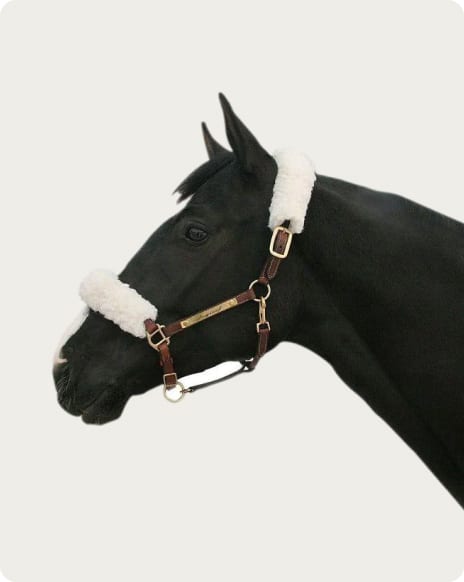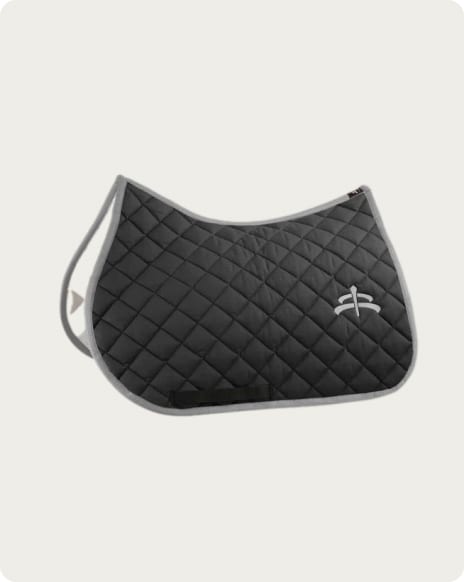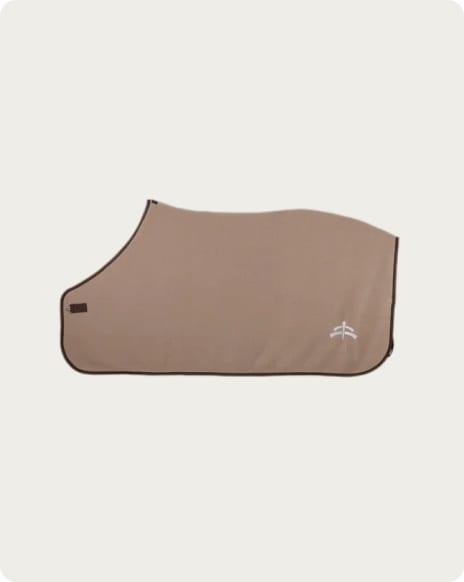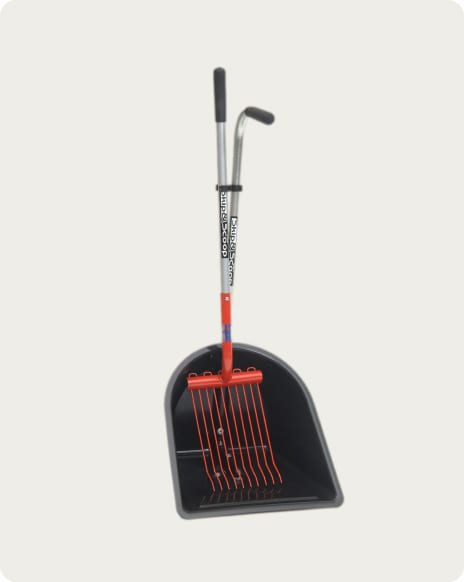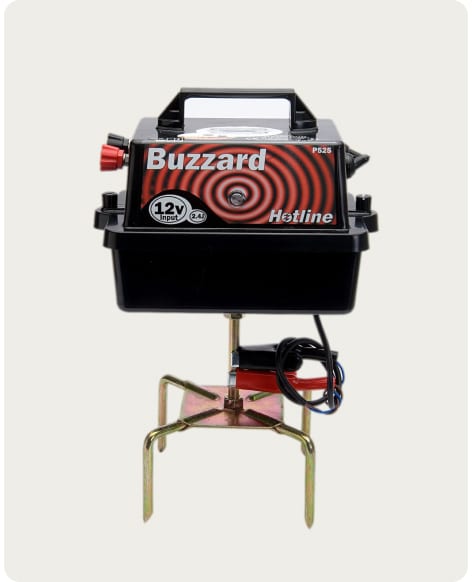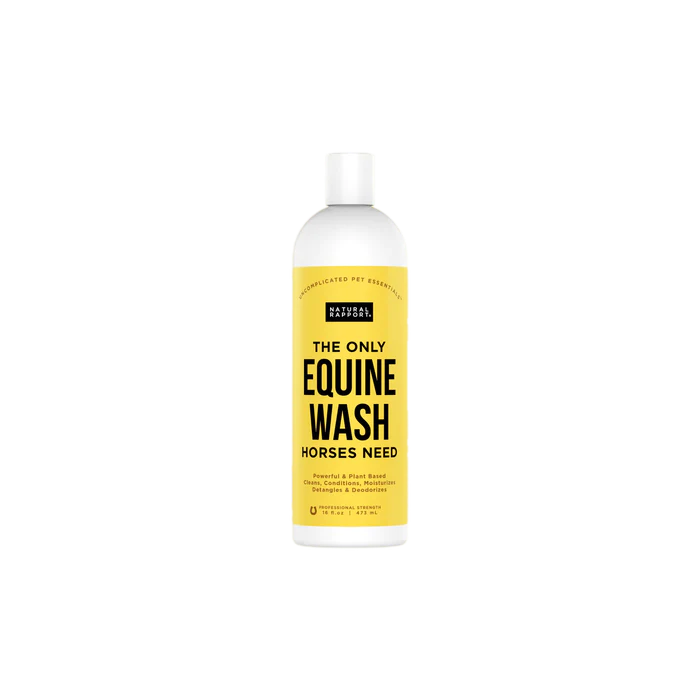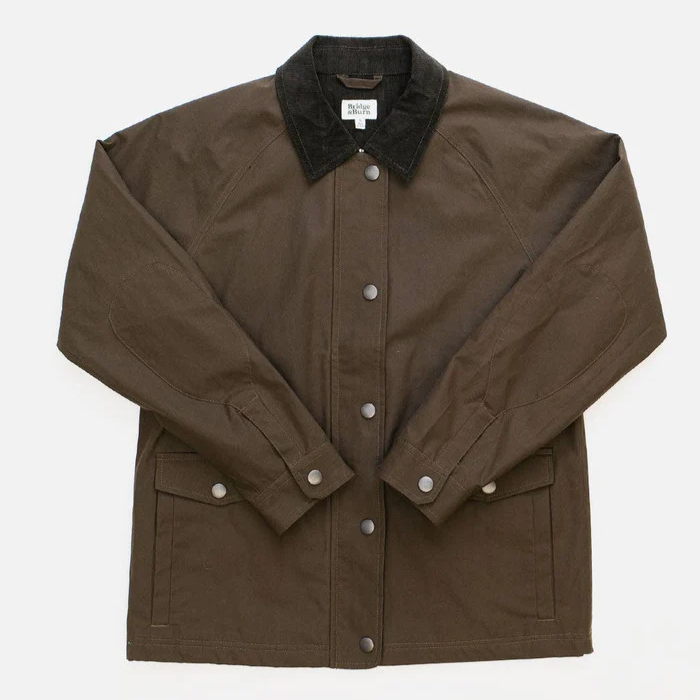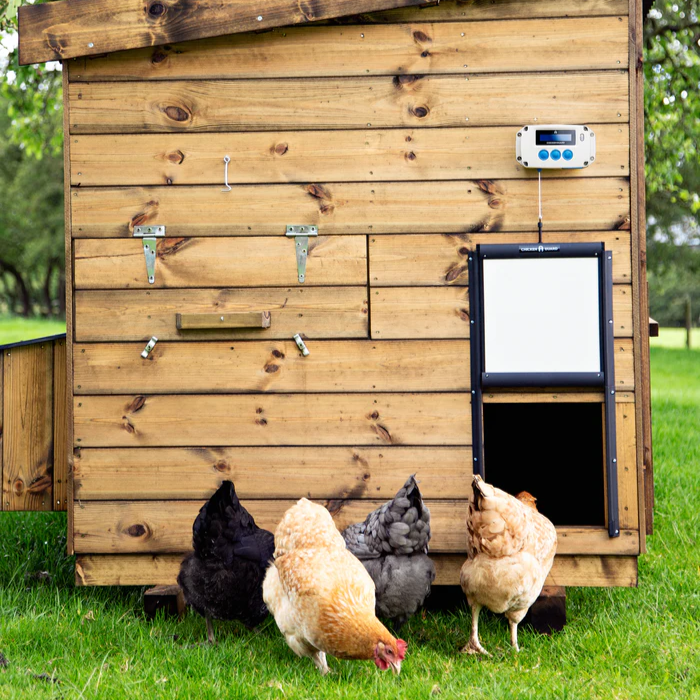Setting up an electric fence is both exciting but also a lot of preparation requiring process.
Deciding on the purpose of your electric fence will help you determine what kind of electric fence supplies should be used to reach your optimal goal.
Ask Yourself
- Do you need to fence-in large area or small?
- Do you want to keep your pasture or paddock to be fenced permanently or temporary?
- What do you want to fence in - your horses, poultry, livestock, garden or a pond?
- Do you need a fox-proof solution to keep the sneaky little animals out?
There is a solution for almost every animal you can think of: from large cattle and bulls to medium-sized sheep and goats and then to the smallest chicken and rabbits.
Answering all those questions will help you decide on electric fence supplies you'll need.
Power Sources
You will also have to choose the power source for your energiser. One of the most important items of an electric fence system.
The power sources are described below.
Mains
Mains energisers are great for large areas with a mains power outlet nearby. Mains energisers are known to be cost-effective, they are perfect for long distances and in cases where larger power output is needed.
Mains energisers might require some work to set up and might not be as efficient for small remote paddocks as battery solution would be.
Battery
Battery powered energisers are very convenient for areas which are pretty remote from the electric power source.
However, they are a bit harder to maintain in comparison to solar or mains energy energisers, as it is important to keep track of recharging.
Solar
Solar powered energisers are perfect for small paddocks and are very convenient in a good weather.
They don’t need sunshine to work, just daylight. Some solar panel energisers come with a battery charger for poorer weather.
In general, solar power energisers provide a great way to make use of free energy, however, they might be quite hard to maintain during the winter months and are quite expensive to obtain.
Grounding
After deciding on a power source to use, some strategy in terms of logistics needs to be applied - grounding stakes have to be dug into the ground, and all the cables have to be lead out where needed.
90% of electric fence problems occur because of the poor grounding. To ground your fencing system efficiently, the ground stakes have to be dug at the very least 1 metre deep into the ground.
Usually, every energiser comes with its own grounding manual, but as a rule of thumb, the longer is fence line, the more ground stakes will be needed. They should be placed at least 2m apart from each other.
Posts & Lines
Corner posts should be taken care of first. They have to be made from the strong and durable materials such as wood or metal.
Then follows the choice of electric fence posts for the whole fence line. Depending on the animal you want to keep in, the height and material of the electric fence posts will vary.
After the fence posts and insulators are in their designated places it is time to put through electric wire, rope, netting or tape of your choice.
Never wrap the tape around the post without any insulators, as there is a high risk of electric tape or wire used coming loose and also the conductivity will be much poorer.
Make sure that your fence line is tight and straight. Also, it is very important to note what kind of animal you want to fence in, as that will let you determine how many lines should be applied.
For example, horses need at least two lines of tape, whereas, for example, muntjacs would need at the very least 4 of them.
Finishing Details
While the power source, electric fence posts, tape, wire or rope are crucial for the installation process, there are many little details which are as equally as important - gate handles, clips and insulators will add a finishing touch to make your electric fence fully functional.
Whereas tools like connectors, reels, tensioners and joiners are here to make the installation process easier.
For convenience, it is always recommended to stock up on spare supplies for easy replacement because you never know when your beloved animals might try to break something and turn into escapees!
For this reason, daily checking should always be done - for that we have various types of testers which will tell you whether your fence is working properly or not.



